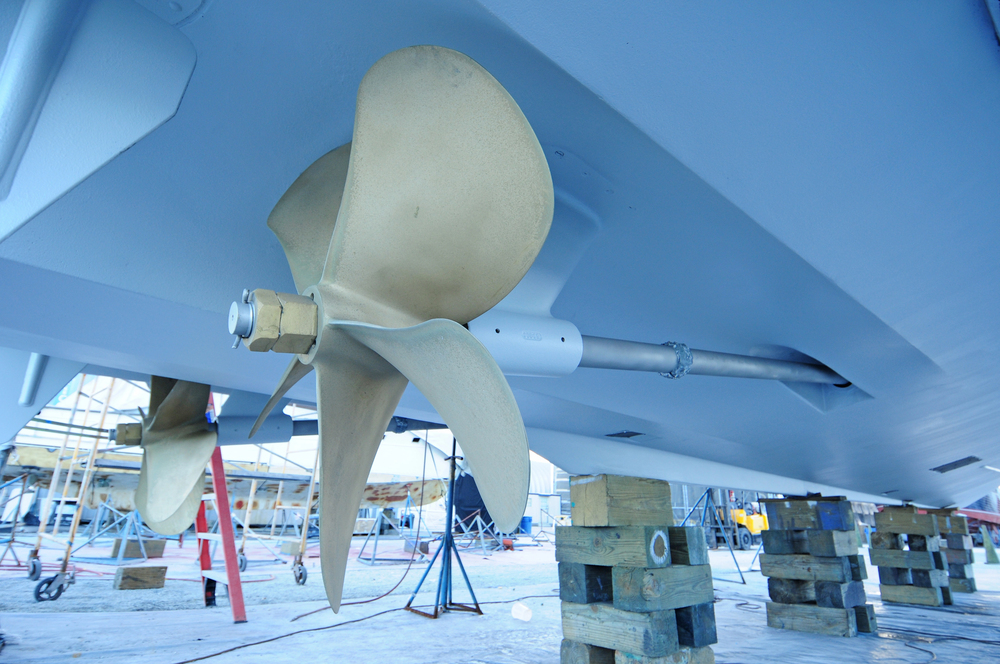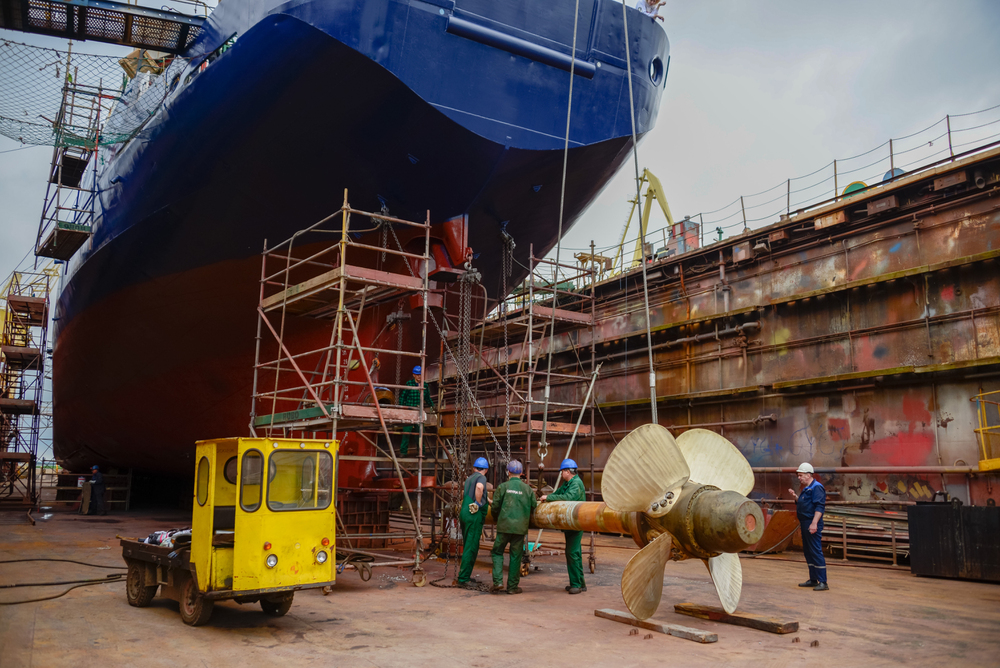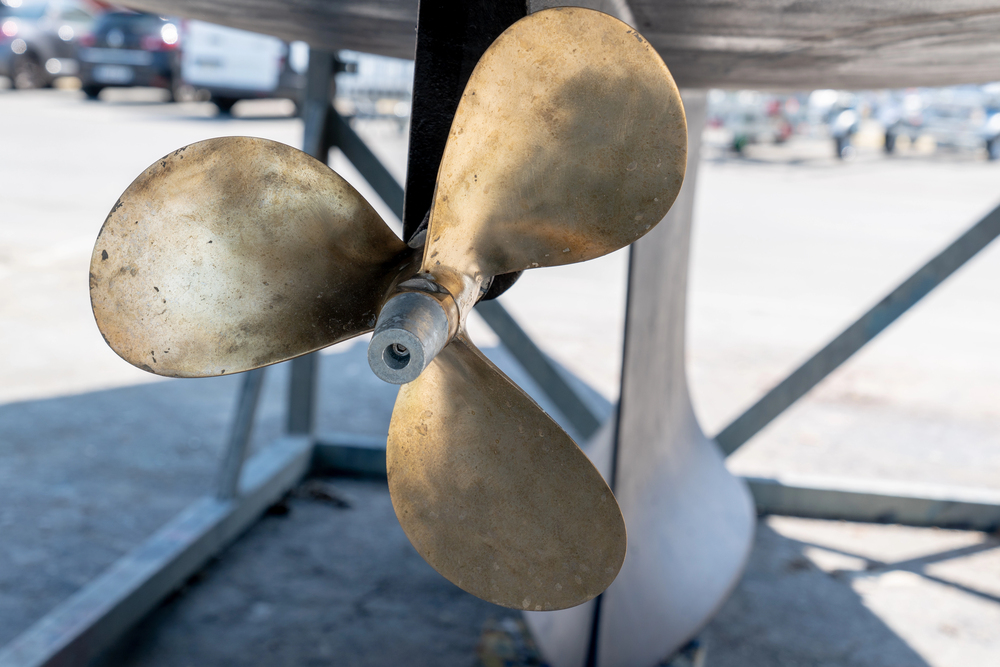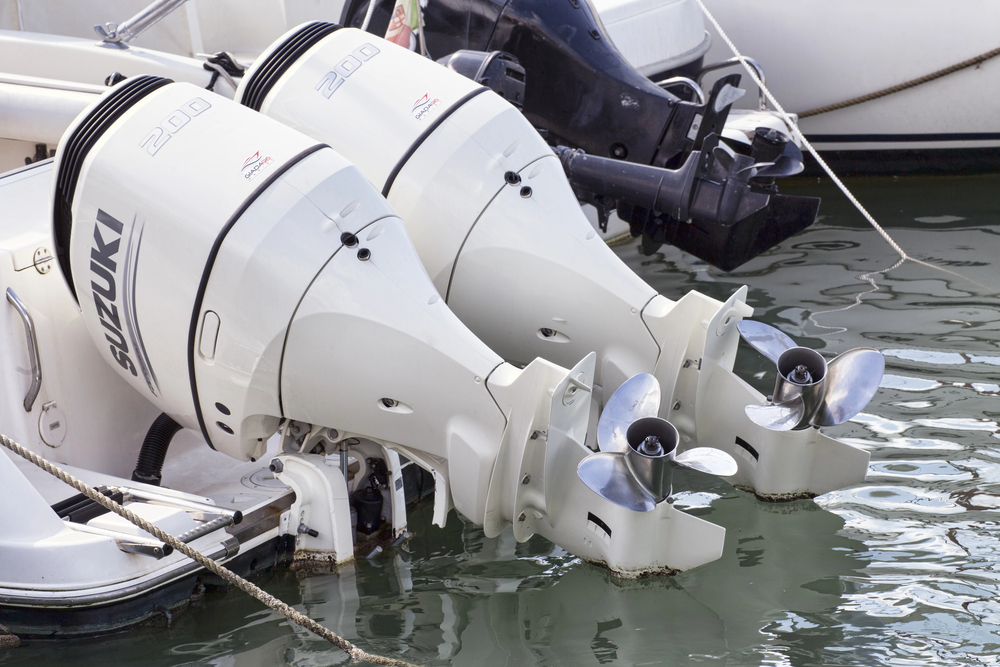Boat dock inspections are a vital part of maintaining the safety and functionality of your waterfront property. Over time, the dock can experience wear from weather conditions, marine life, and everyday use. Regular dock inspection ensures that any issues are identified early, preventing potential hazards and costly repairs.
In this article, we will take a closer look at what’s involved in a boat dock inspection and why underwater inspections are just as important as surface-level assessments.
What Is a Dock Inspection?
A dock inspection is a thorough evaluation of a boat dock’s structural integrity, including the dock’s pilings, decks, and supports. The purpose of a dock inspection is to assess the condition of these critical components to prevent any accidents, injuries, or costly damage down the road.
Regular inspections allow boat owners and waterfront property managers to stay ahead of problems such as rotting wood, rusting metal, or shifting supports, all of which can compromise the dock’s functionality and safety.
The inspection process usually involves a visual examination of the dock above the waterline and, in many cases, an underwater inspection of the dock’s submerged parts. While you can often spot damage to the visible parts of your dock, the underwater sections, such as pilings, can be harder to assess without professional help.
Surface-Level Dock Inspection
The first step in any dock inspection involves checking the parts of the dock that are above water. These include the dock deck, walkways, support beams, railings, and ladders. The inspection team will check for signs of damage such as cracks, splinters, or rot. It is also crucial to check for loose nails, screws, or bolts, as these can cause stability issues over time.
Underwater Inspection: Why It’s Important
While surface-level inspections are important, the real trouble often lies beneath the waterline. Underwater inspections are key for checking the integrity of the dock’s pilings and the other submerged parts of the structure. Over time, pilings can become weakened by marine growth, corrosion, or impact damage.
Regular underwater inspections help prevent these issues from getting out of hand and compromising the dock’s stability.
Marine growth, such as barnacles, algae, and mussels, can build up on the pilings over time. This accumulation not only reduces the aesthetic appeal of the dock but also contributes to the deterioration of the pilings. When left unchecked, the excess weight and pressure of marine growth can weaken the pilings, causing them to rot or become unstable.
An underwater inspection is necessary to evaluate how much marine growth has built up and to identify whether the pilings are still structurally sound or need to be replaced.
What Does an Underwater Inspection Include?
An underwater inspection typically involves diving or using remote-operated vehicles (ROVs) to examine the submerged parts of the dock.
Professional divers or technicians will inspect the dock pilings, bracing, and other underwater supports to check for signs of corrosion, damage, or wear. They will also examine the condition of the materials used in the dock’s construction, such as wood, metal, or concrete.
Saltwater, in particular, can accelerate corrosion in metal components, making it essential to regularly inspect these parts to prevent rust and deterioration.
In addition to inspecting the dock’s structure, underwater inspections may also include checking for debris or obstructions that could impact the dock’s performance. Sediment buildup, fallen branches, or trash can cause problems if they accumulate around the pilings or obstruct the flow of water around the dock.
Dock Piling Maintenance and Repair
One of the most important components of a dock is its pilings, which support the weight of the structure and keep it anchored in place.
Dock piling maintenance is a key part of any inspection. Over time, pilings can deteriorate due to weather, water conditions, and marine organisms. Regular inspections allow boat owners to detect early signs of damage and prevent more serious problems from arising.
For wooden pilings, issues like rotting or splitting can cause the structure to become unstable. For concrete or steel pilings, corrosion is a common problem. Comprehensive dock and piling services, including the inspection and repair of dock pilings, help to make sure your waterfront structure remains secure and functional.
Signs that Your Dock Needs Repair
After an inspection, you should know the signs that indicate your dock might need repair. Some of the common signs include:
- Visible cracks or splits in the deck or pilings
- Loose or missing boards or fasteners
- Sagging sections or shifting of the dock structure
- Marine growth on the pilings or beneath the dock
- Rust or corrosion on metal components
- Leaking or damaged mooring equipment
Any of these issues could signal the need for professional repairs to restore the dock’s safety and functionality. Neglecting repairs can lead to further deterioration and potentially hazardous conditions for boaters and dock users.
How Often Should You Schedule a Dock Inspection?
Generally, it is recommended to have a dock inspection at least once a year. However, if your dock is located in an area with harsh weather conditions, heavy traffic, or high levels of marine growth, you may need to schedule inspections more frequently.
Why Choose Hull 2 Prop for Your Dock Inspection?
At Hull 2 Prop, we offer professional dock and piling services to help keep your boat dock in top condition. Our team of experts is equipped to perform both surface-level and underwater inspections to thoroughly assess your dock’s condition. We can identify any potential issues and offer solutions to restore your dock’s performance.
Our comprehensive services include cleaning, piling repair, and maintenance to extend the life of your dock and ensure its safety. Contact us to get started.







